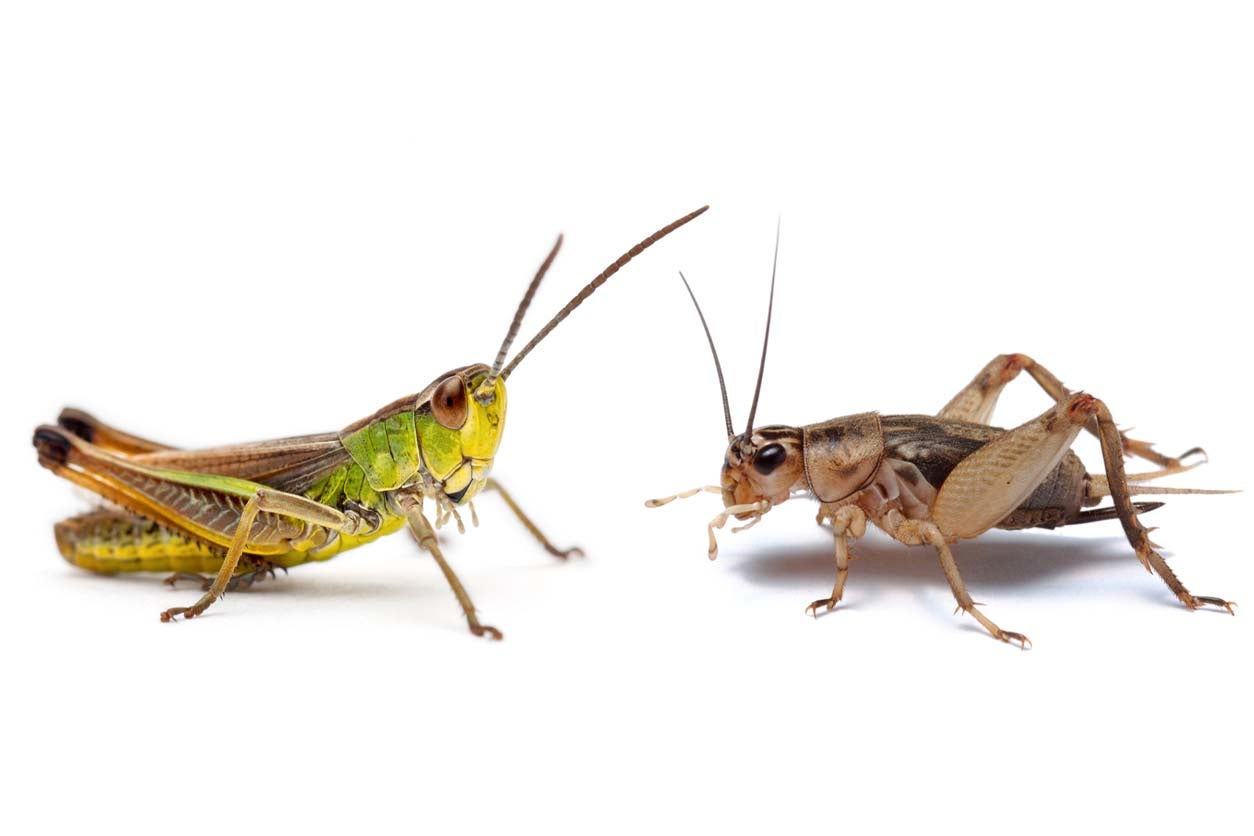Get information related to What Is The Difference Between A Grasshopper And A Cricket that you’re searching for in this article, hopefully it can assist you.
In the tapestry of nature’s symphony, the chirping melodies of grasshoppers and crickets have captivated observers for centuries. While these insects share a similar kinship, their unique characteristics set them apart, creating a fascinating dichotomy in the world of arthropods.

What Is The Difference Between A Grasshopper And A Cricket
As a nature enthusiast, I’ve spent countless hours observing these captivating creatures, marveling at the intricate details that differentiate them. In this article, we’ll embark on a captivating exploration into the world of grasshoppers and crickets, unraveling their distinct identities and the captivating adaptations that define their existence.
Antennae: The Guiding Light
One of the most prominent differences between grasshoppers and crickets lies in their antennae. Grasshoppers possess long, slender antennae that gracefully extend like waving streamers. These antennae, resembling fine threads, are composed of numerous segments and serve as sensitive receptors, allowing grasshoppers to navigate their surroundings with remarkable precision.
Crickets, on the other hand, are equipped with much shorter antennae, often appearing as inconspicuous appendages. These antennae are composed of a few stout segments and primarily assist in detecting vibrations in the environment. This adaptation enables crickets to communicate effectively with each other, utilizing a unique form of sound communication.
Legs: Built for Leaping or Hopping
Grasshoppers and crickets exhibit distinctive leg structures that reflect their preferred modes of locomotion. Grasshoppers possess powerful hind legs, adapted for prodigious leaps that propel them through the air with astonishing agility. These robust legs, akin to miniature springs, allow grasshoppers to cover vast distances with effortless grace.
Crickets, in contrast, have relatively less developed hind legs, better suited for hopping than leaping. Their legs are designed for swift and nimble movements, enabling them to navigate dense vegetation with agility. This adaptation enhances their ability to conceal themselves from predators and pursue prey in confined spaces.
Ears: The Symphony of Nature
In the realm of auditory perception, grasshoppers and crickets employ different strategies to detect and produce sound. Grasshoppers possess auditory organs located at the base of their abdomen, enabling them to detect the subtle vibrations transmitted through the ground. This adaptation allows them to respond swiftly to potential threats and locate potential mates.
Crickets, however, have auditory organs situated on their forelegs, granting them exceptional sensitivity to airborne sounds. This adaptation empowers them to engage in intricate acoustic communication, utilizing a repertoire of chirps and trills to attract mates and establish territories. The rhythmic symphony of crickets’ songs has become an iconic soundtrack in the tapestry of nature.
Diet: Plant-Eating Herbivores and Omnivorous Opportunists
Grasshoppers are primarily herbivorous insects, subsisting on a diversified diet of grasses, leaves, and other plant material. Their digestive systems are specifically adapted to efficiently process and extract nutrients from plant tissues.
Crickets, on the other hand, are more opportunistic in their feeding habits, exhibiting omnivorous tendencies. While they predominantly consume plant matter, they will also readily incorporate insects, small invertebrates, and even carrion into their diet. This dietary flexibility provides them with a competitive advantage in diverse ecosystems.
Habitat: A Tale of Two Worlds
The habitats of grasshoppers and crickets vary significantly, reflecting their unique adaptations and lifestyle preferences. Grasshoppers favor open grasslands, meadows, and agricultural fields, where they can bask in the sun and easily locate their preferred plant-based sustenance.
Crickets, in contrast, are more adaptable and can be found in a wider range of habitats, including forests, woodlands, caves, and even human dwellings. Their omnivorous diet and ability to exploit diverse food sources allow them to thrive in various ecological niches.
FAQs: Unraveling the Mysteries
Q: Are grasshoppers and crickets related?
A: Yes, grasshoppers and crickets belong to the same order, Orthoptera, and are closely related to each other.
Q: Which is larger, a grasshopper or a cricket?
A: Grasshoppers are generally larger than crickets, with some species reaching lengths of up to 5 inches.
Q: Do grasshoppers and crickets bite?
A: While they have mandibles for chewing, grasshoppers and crickets do not typically bite humans unless provoked.
Q: What is the difference between a grasshopper and a locust?
A: Locusts are a type of grasshopper that exhibits swarming behavior and can cause significant damage to crops.
Q: How can I tell the difference between a male and female grasshopper or cricket?
A: Male grasshoppers and crickets have a specialized organ called a stridulatory apparatus, which they use to produce sound, while females lack this structure.
Conclusion: A Harmonious Chorus in Nature’s Symphony
Grasshoppers and crickets, while often mistaken for one another, are captivating creatures that possess unique characteristics that set them apart. Their distinct antennae, legs, auditory organs, diets, and habitats reflect the remarkable diversity found within the insect world.
As we delve deeper into the fascinating tapestry of nature, it becomes evident that each species plays a vital role in maintaining the delicate balance of our ecosystems. By understanding and appreciating the differences between grasshoppers and crickets, we gain a profound appreciation for the intricate beauty and interconnectedness of life on Earth.
Do you have any questions or observations about grasshoppers or crickets? Share your thoughts and experiences in the comments section below, and let’s continue exploring the captivating world of these enchanting insects.
What Is The Difference Between A Grasshopper And A Cricket

Image: ar.inspiredpencil.com
Thank you for reading What Is The Difference Between A Grasshopper And A Cricket on our site. We appreciate your visit, and we hope you benefit from What Is The Difference Between A Grasshopper And A Cricket.